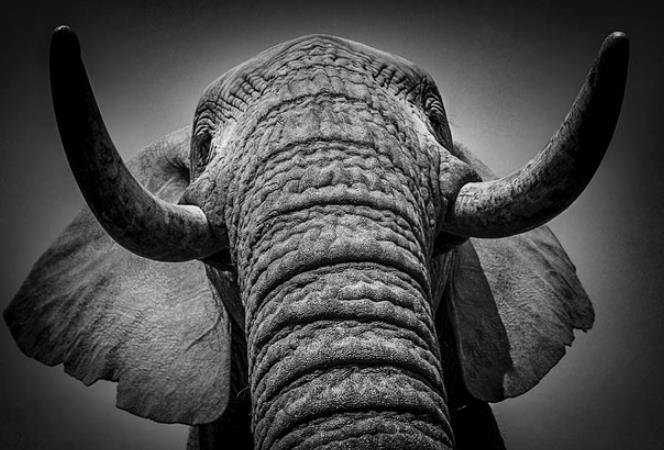The Pierrevives Media Library in Montpellier, France, is currently hosting a photographic exhibition by Alain Ernoult, titled “The Sixth Extinction”. The exhibition features 40 large-format images of animals that are threatened by human activities and climate change. The exhibition aims to raise awareness and inspire action to protect the biodiversity of our planet.
Ernoult is a renowned wildlife photographer who has traveled to various continents and habitats to capture the beauty and fragility of the animal kingdom. He has won several awards for his work, including the Wildlife Photographer of the Year in 2015 and 2018. His photographs are not only aesthetically pleasing, but also convey a powerful message about the plight of the animals he portrays.

The exhibition is divided into four sections: mammals, birds, reptiles and amphibians, and marine life. Each section showcases some of the most iconic and charismatic species that are facing extinction, such as elephants, rhinos, gorillas, lions, polar bears, penguins, turtles, frogs, and coral reefs. The images are accompanied by informative texts that explain the causes and consequences of the loss of biodiversity, as well as the possible solutions and actions that can be taken to prevent it.
The Sixth Extinction: A historical and scientific concept
The title of the exhibition refers to the concept of the sixth mass extinction, which is a term used by scientists to describe the current crisis of biodiversity loss. According to this concept, there have been five major mass extinctions in the history of life on Earth, when more than 75% of the species disappeared in a relatively short period of time. The most recent one occurred 66 million years ago, when an asteroid impact wiped out the dinosaurs and many other groups of organisms.
The sixth mass extinction is different from the previous ones because it is caused by human activities, such as habitat destruction, overexploitation, pollution, invasive species, and climate change. Some estimates suggest that the current rate of extinction is up to 1000 times higher than the natural background rate, and that up to one million species are at risk of extinction in the next decades. This unprecedented loss of biodiversity has profound implications for the functioning of ecosystems and the provision of essential services for human well-being.
The concept of the sixth mass extinction was first articulated by the French naturalist Georges Cuvier in the early 19th century, who recognized that some fossils belonged to extinct species that had no living relatives. Since then, the concept has been refined and expanded.
The entrance to the exhibition is free and open to the public from Tuesday to Saturday, from 10 a.m. to 6 p.m. The exhibition is also accessible online through a virtual tour that allows the viewers to explore the images and texts in an interactive way.
The Sixth Extinction: A reflection on our relationship with nature
The exhibition is not only a photographic display, but also a philosophical and ethical inquiry into our relationship with nature and other living beings. Ernoult’s photographs challenge us to question our role and responsibility as humans in the face of the sixth mass extinction. They also invite us to reconsider our values and priorities, and to rethink our ways of living and consuming.
The exhibition is a tribute to the animals that are disappearing from our planet, but also a reminder of the ones that are still here and need our attention and care. The exhibition is a call for action and hope, but also a reflection on our place and purpose in the world.
